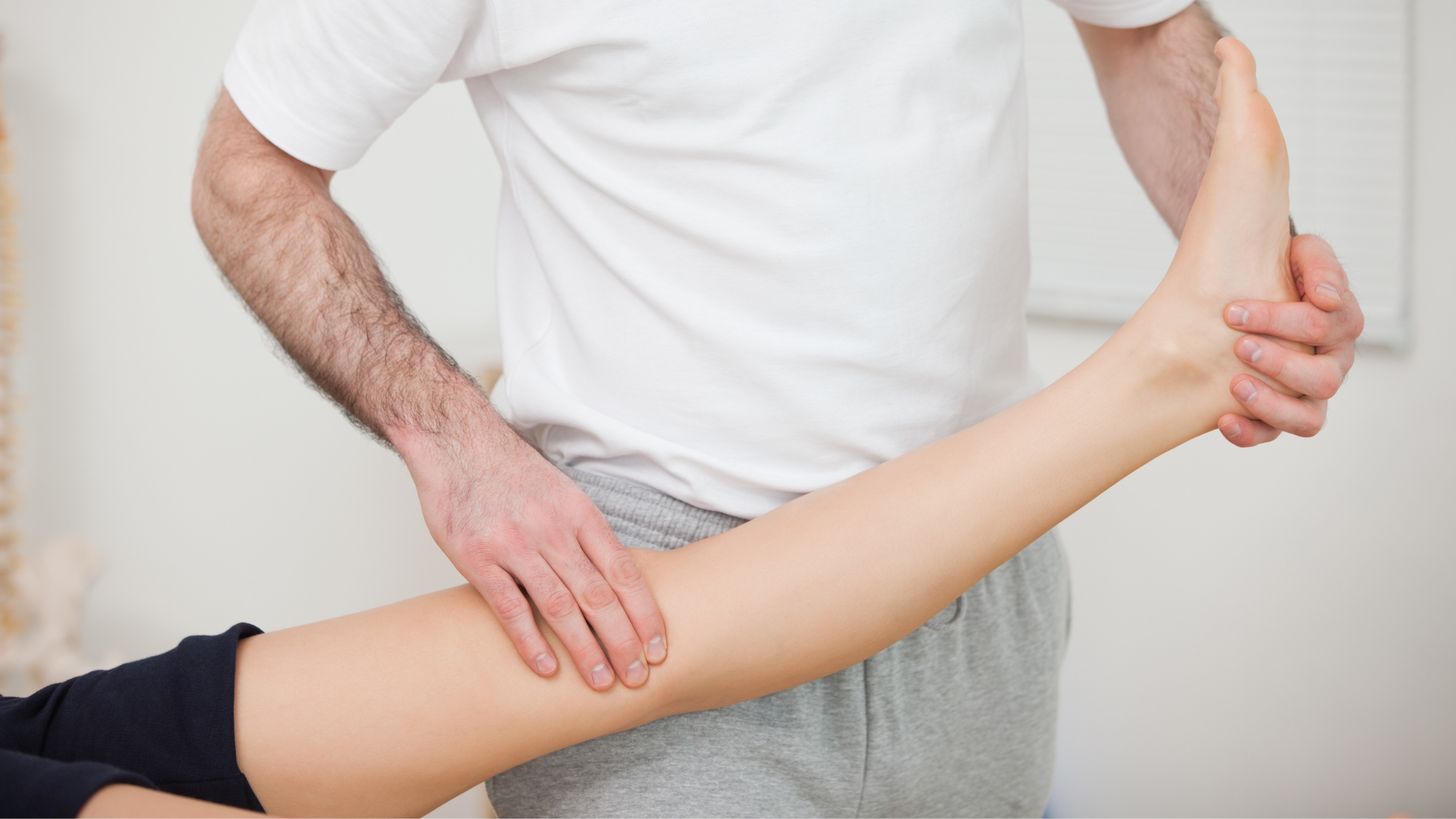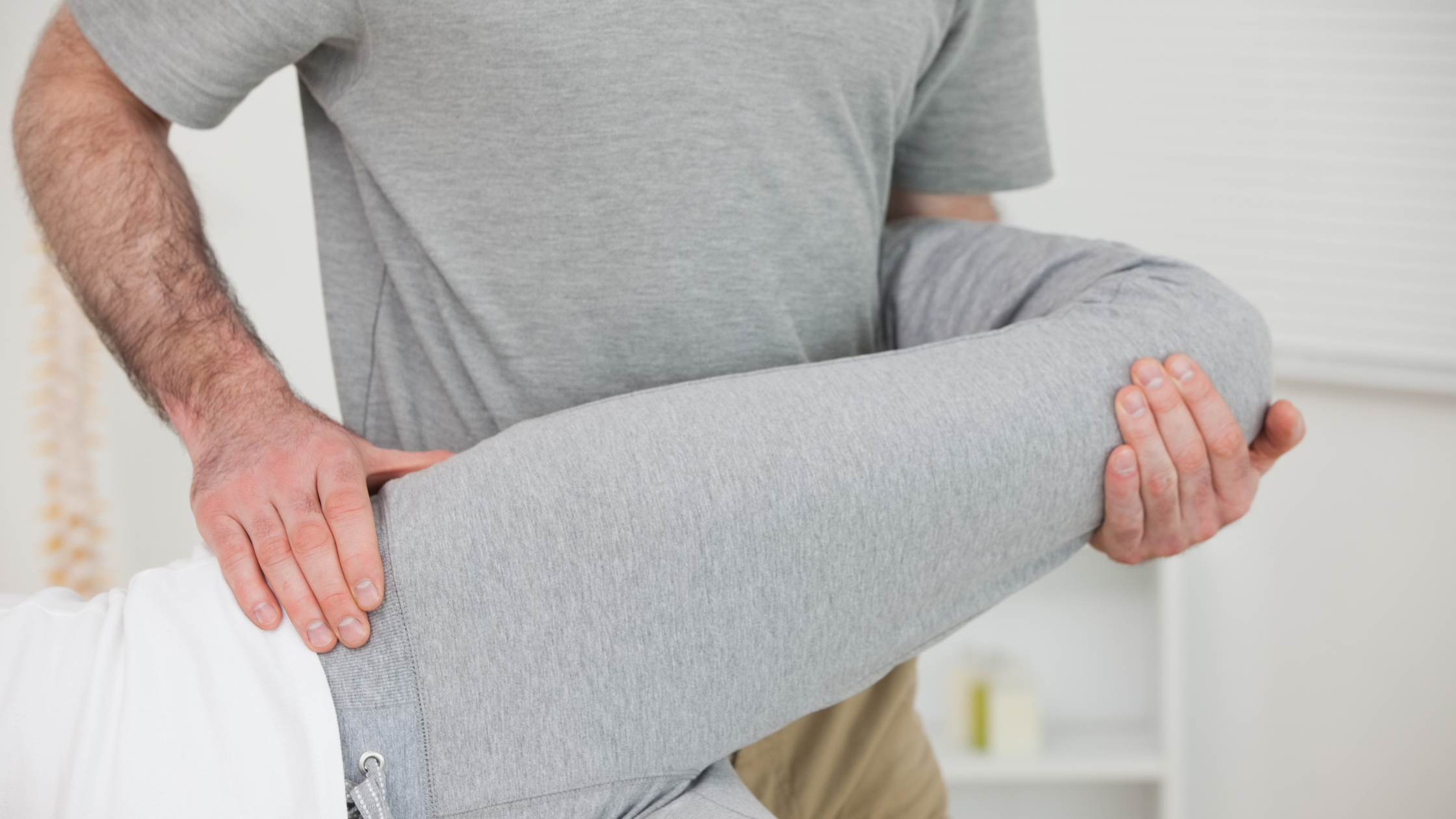A More In-depth Dive Into The Most Common Cause of Hip Pain
Lateral hip pain most commonly stems from tendinopathy involving the gluteus medius or gluteus minimus, often referred to as the "rotator cuff tears of the hip." Unlike past beliefs, inflammatory issues, especially bursitis, are now considered less relevant.
Evidence indicates that true bursitis is rare, usually secondary to underlying dysfunction like gluteal tendinopathy. Chiropractic treatment may not suffice, and corticosteroid injections offer only temporary relief. However, recent advancements, such as PRP injections, show promise for quicker recovery in chronic cases.
Unraveling Gluteal Tendinopathy
Gluteal tendinopathy arises from excessive tension or compression, paralleling rotator cuff tendinopathy. Compression of the undersurface of the tendon is a primary trigger, leading to a predictable continuum of degeneration.
Signs of gluteal tendinopathy include lateral hip pain, worsened during side lying or stair use, tenderness over the greater trochanter, and nighttime discomfort.
Identifying and Testing for Gluteal Tendinopathy
While MRI is the gold standard, orthopedic tests like the Hip Lag Sign and FABREX Test offer practical alternatives.
The Hip Lag Sign demonstrates high sensitivity and specificity, revealing hip abductor tendon injury. The FABREX Test, with high specificity and sensitivity, aids in diagnosing gluteal tendinopathies.
However, it's crucial to rule out other conditions with symptoms such as leg numbness or pain radiating beyond the knee and absence of palpable tenderness over the greater trochanter as these may indicate that hip pain is not due to Gluteal Tendinopathy.
Treatment Strategies for Gluteal Tendinopathy
Treatment goals for gluteal tendinopathy involve eliminating modifiable risk factors and addressing faulty mechanics leading to excessive loading. Implementing early and progressive restorative loading is crucial for improving tendon integrity and load-bearing capacity.



